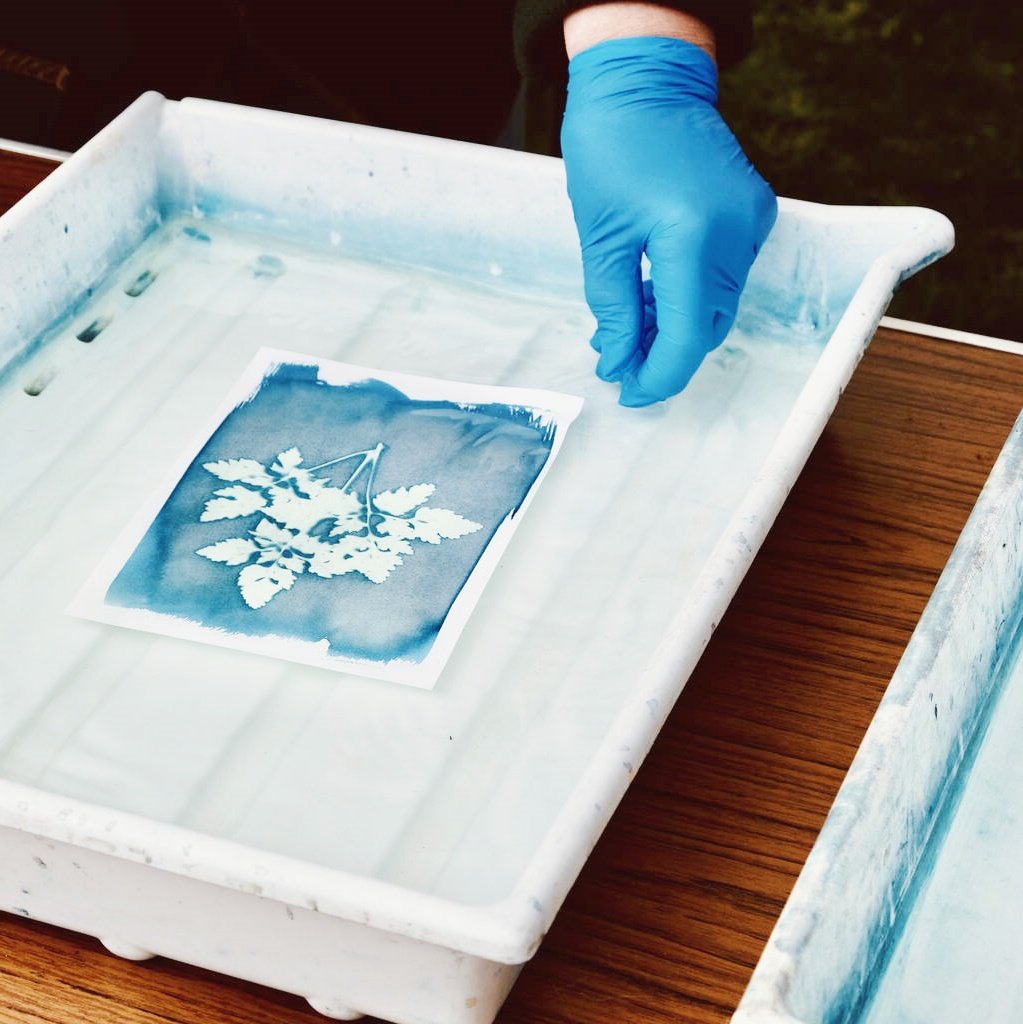Table of Contents
Plastisol Ink: The Ultimate Guide to Its Superiority in Printing
What Makes Plastisol Ink Unique?
Plastisol ink, a PVC-based ink blended with plasticizers, has dominated the textile printing industry for decades. Unlike water-based or discharge inks, plastisol doesn’t dry on screens, making it exceptionally user-friendly for both beginners and high-volume printers. Its unique formulation requires heat curing (typically 320°F for 30–60 seconds), creating a durable, flexible bond with fabrics.
Key Attributes:
- No drying time: Stays workable on screens for hours.
- High opacity: Covers dark fabrics without an underbase.
- Versatile effects: Compatible with glitter, metallic, and high-density additives.
6 Reasons Plastisol Outperforms Other Inks
- Unbeatable Durability Plastisol withstands 50+ industrial washes without fading or cracking, making it ideal for sportswear and work uniforms. Water-based inks, by comparison, degrade after 20 washes (Textile Chemistry Journal, 2021).
- Vibrant, Opaque Colors Achieves 95% coverage on black cotton (Union Ink), eliminating the need for a white underbase on dark garments.
- Beginner-Friendly Application Minimal setup and no drying mishaps reduce errors.
- Fast Production Speeds Cures in under a minute vs. water-based inks requiring air drying (5–10 minutes).
- Cost-Effective Workflow 15% less waste than water-based inks due to no evaporation (FESPA, 2023).
- Long Shelf Life Lasts years without additives, reducing material costs.

Plastisol vs. Other Inks: A Detailed Comparison
| Ink Type | Best For | Limitations | Durability |
|---|---|---|---|
| Plastisol | Dark fabrics, high-wear | Thicker feel, environmental concerns | 50+ washes |
| Water-Based | Soft, eco-friendly prints | Fades quickly, requires underbase | 20 washes |
| Discharge | Vintage looks on cotton | Complex chemistry, limited fabrics | 2 years max |
| Sublimation | Photorealistic designs | Only polyester, high setup cost | Fades with UV exposure |
Limitations of Plastisol Ink
- Environmental Impact: Contains PVC and phthalates (40% of manufacturers now offer phthalate-free options, per SGIA 2023).
- Stiff Hand Feel: Not ideal for ultra-soft garments.
- Heat Sensitivity: Overcuring causes yellowing; undercuring leads to cracking.
Top Applications of Plastisol Ink
- Apparel: Nike’s Dri-FIT jerseys use plastisol for vibrant, wash-resistant logos.
- Promotional Products: 90% of event tote bags retain prints after 6 months (PromoMarketing, 2022).
- Specialty Designs: 25% of CustomInk orders request plastisol-based 3D effects (2023).
- Industrial Uses: PVC signage, automotive interiors.
How to Optimize Plastisol Printing
- Fabric Prep: Avoid silicone-based softeners to ensure adhesion.
- Curing Precision: Use an infrared thermometer to verify 320°F.
- Layering: Mix inks for custom Pantone colors.
- Eco-Upgrades: Try FN Ink’s Eco-Plast (30% less PVC).

Tabular Data: Key Industry Insights
| Metric | Plastisol Performance | Competitor Benchmark |
|---|---|---|
| Wash Resistance | 50+ industrial washes | Water-based: 20 washes |
| Color Opacity | 95% on black cotton | Discharge: 70% |
| Production Speed | 30–60 seconds curing | Water-based: 5–10 minutes drying |
| Cost Efficiency | 15% less waste | Sublimation: High setup costs |
FAQ
Is plastisol ink waterproof?
Yes, once cured, it’s water-resistant and machine-washable.
Can plastisol be used on polyester?
Yes, but use low-bleed formulas to prevent cracking
How do you remove plastisol from screens?
Use a specialized screen cleaner (e.g., Franmar’s Ink Degrader).
Is plastisol ink toxic?
Traditional formulas contain phthalates, but REACH-compliant options are safer.
TIPS
- Test Cure Times: Small batches prevent overcuring.
- Layer Metallics: Print a white underbase for extra shine.
- Store Properly: Keep in airtight containers to extend shelf life.
Conclusion
Plastisol ink remains the gold standard for vibrant, durable prints, especially in high-wear apparel and promotional products. While environmental concerns persist, innovations like phthalate-free formulas and hybrid inks are bridging the gap. For printers prioritizing longevity, ease of use, and versatility, plastisol is unmatched.
CTA: Ready to elevate your prints? Explore low-bleed plastisol options to combine performance with sustainability.



